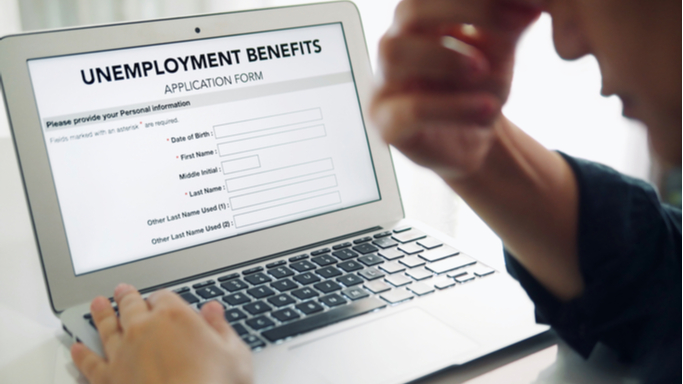You will not be surprised to learn that there is a move afoot in Congress to extend the $600 federal bonus added to the unemployment insurance checks of workers laid off during the COVID-19 emergency. The bonus is set end July 31.
Generous unemployment benefits already were discouraging laid off workers from returning to their jobs. The Wall Street reported in May:
Businesses looking for a quick return to normal are running into a big hitch: Workers on unemployment benefits are reluctant to give them up. That’s complicating plans to reopen states and get the U.S. economy back on track.
For some workers, unemployment benefits are now paying more than their old jobs did. For others, safety concerns or a lack of child care, as most schools and day-care centers remain closed, are making them hesitant to go back.
That means reopening may not go as quickly or as smoothly as some elected officials and business owners had hoped.
We need people to go back to work—for themselves and their dignity and welfare and for the benefit of the economy. But Congress set up a situation with the bonus that made elective unemployment a rational, short-term choice for many Americans.
AEI’s Matt Weidinger explained in an article in the Examiner:
Because of that increase, benefits are now greater than the last paycheck for an estimated two-thirds of the current 20.5 million unemployment recipients.
Were Congress to extend the benefits, the Congressional Budget Office projects that over 80% of future recipients would get unemployment checks bigger than the paychecks the coronavirus cost them.
It’s one thing to tide people over — it’s quite another to pay people more not to work than they could make working.
We should have seen this coming:
Some politicians would like even longer bonus extensions. Sen. Ron Wyden, the senior Democrat on the Senate Finance Committee, proposes linking continued bonuses to state unemployment rates, with $600 payable where unemployment is above 11%, falling by $100 increments for each percentage point, down to $100 where unemployment exceeds 6%.
With the CBO projecting U.S. unemployment averaging over 9% in 2021, such bonuses would remain payable for years ahead.
If unemployment rates follow CBO projections and this recovery tracks the Great Recession, unemployment could average over 6% through September 2024. That means the Wyden bonuses could be payable in some states into 2025 — five years post-pandemic.
The dangers of paying bigger unemployment checks for longer abound.
Periods of unemployment affect the earning power of workers for years into the future, according to studies. Because the payments make unemployment “more palatable,” employees might be less willing to do what it takes to remain on the job.
Republicans have come up with a different idea: a cash bonus when a worker lands a job and go back to work. It could be around $1,200. Various approaches are being considered. These plans have a distinct advantage over making a temporary benefit permanent: they get people back to work.
Expect to hear how heartless this is.

